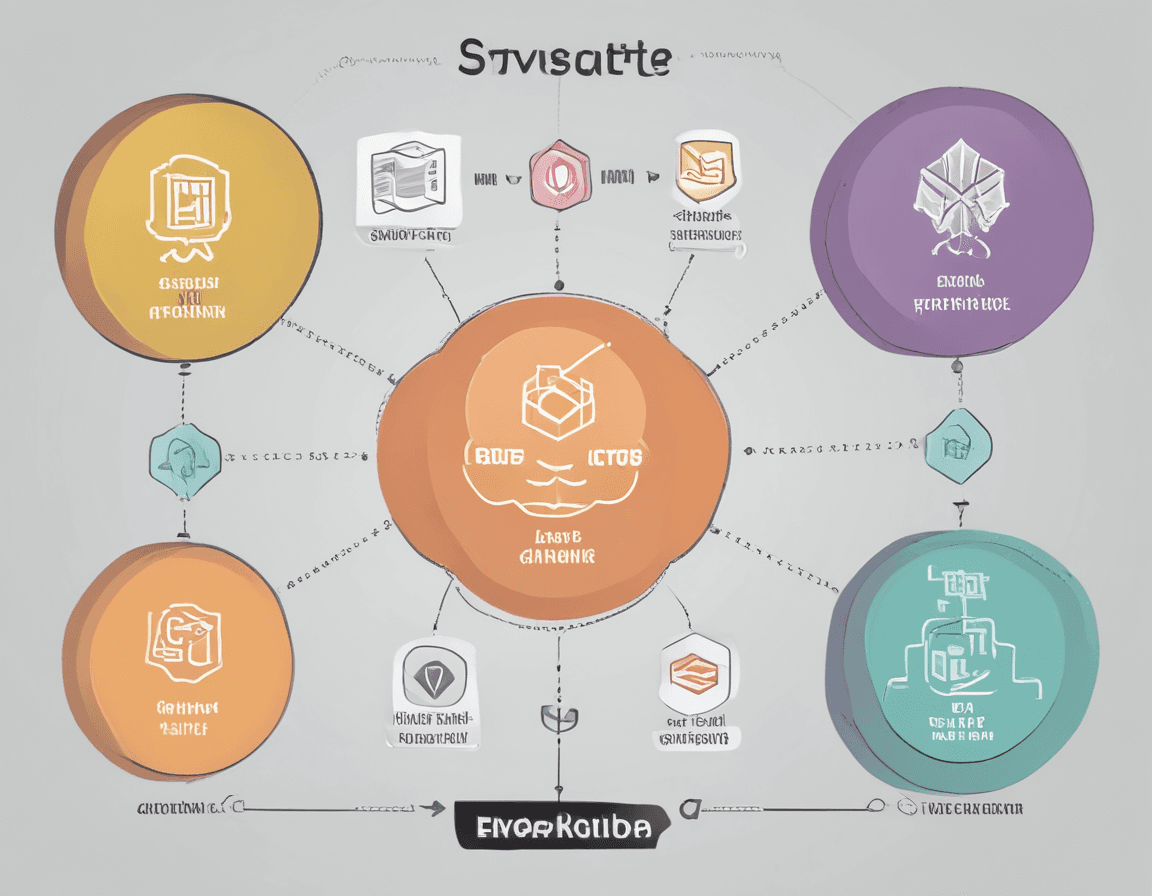How to Write a Vite Plugin: A Detailed Tutorial and Example
- 532Words
- 3Minutes
- 12 Sep, 2024
Vite is one of the popular build tools in modern frontend development, gaining increasing favor from developers due to its fast development environment and excellent packaging performance. Through its plugin mechanism, Vite offers flexible extensibility, allowing us to customize functionality based on our needs. In this article, I will provide a detailed guide on how to write a simple Vite plugin, from basic knowledge to implementation, helping you quickly master plugin development skills.
Knowledge Required for Plugin Development
Before starting to write a Vite plugin, you need to understand the following aspects:
-
Vite’s Plugin Mechanism:
- Vite’s plugin mechanism is based on Rollup plugins, where plugins implement specific functionality through hook functions.
- Vite’s plugins also include some development server-specific hooks, extending the functionality of Rollup plugins.
-
Common Plugin Hooks:
buildStart: Executes specific logic at the start of the build.resolveId: Customizes module resolution.load: Called when loading module content.transform: Processes module content.handleHotUpdate: Handles hot module replacement.
-
ES Modules:
- Vite is based on ES Modules (ESM), so understanding how ESM works is helpful for plugin development.
-
Node.js API:
- Since plugins run in a Node.js environment, familiarity with the Node.js API is necessary, especially for file operations and path handling.
Basic Structure of a Plugin
A Vite plugin is essentially a function that returns an object containing multiple hook functions. Each hook is called by Vite at a specific build stage, allowing developers to execute custom logic within the plugin.
1export default function myVitePlugin(options) {2 return {3 name: "my-vite-plugin", // Plugin name, recommended to include a prefix to avoid conflicts4 buildStart() {5 console.log("Build started!");6 },7 resolveId(source) {8 // Custom module resolution logic9 },10 load(id) {11 // Load and return module content12 },13 transform(code, id) {14 // Transform the code15 return code;16 },17 };18}Practical Example: Creating a Custom Vite Plugin
To better illustrate how a plugin works, we will write a simple Vite plugin that replaces the content of all .txt files with "Hello, Vite!" during the build process.
Step 1: Create the Plugin File
First, create a file named vite-plugin-replace-txt.js with the following code:
1export default function replaceTxtPlugin(options = {}) {2 return {3 name: "vite-plugin-replace-txt",4 load(id) {5 if (id.endsWith(".txt")) {6 // Replace .txt file content with "Hello, Vite!"7 return 'export default "Hello, Vite!";';8 }9 },10 };11}Step 2: Use the Plugin in a Vite Project
Next, register the plugin in the vite.config.js file of your Vite project:
1import { defineConfig } from "vite";2import replaceTxtPlugin from "./vite-plugin-replace-txt.js";3
4export default defineConfig({5 plugins: [replaceTxtPlugin()],6});Step 3: Test the Plugin
Create a file named test.txt with some content. When you run your Vite project, the plugin will automatically replace the content of .txt files with "Hello, Vite!". You can import this .txt file in your code as follows:
1import message from "./test.txt";2console.log(message); // Output: Hello, Vite!Related Documentation
For a deeper understanding of Vite plugin development, refer to the following documentation:
These resources will help you delve into the powerful capabilities of Vite plugins and develop more complex and useful plugins.
Conclusion
This article has introduced how to start writing a Vite plugin from scratch, covering the basic knowledge required and demonstrating the plugin creation process through a practical example. By following these steps, you can develop customized plugins according to your needs and further enhance your Vite experience.
